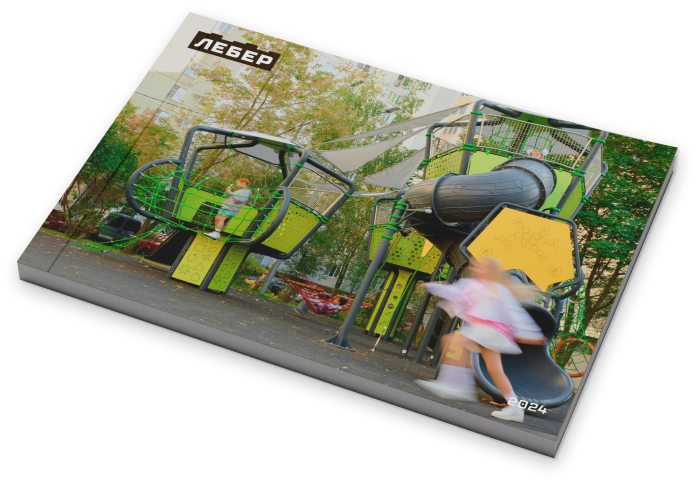
World-class manufacturer of children play equipment
>1500 Companies
work with us
Why us?
For partners
DevelopersActual prices, availability data, and all documents — in one place. Assemble projects online and download them for approval or submission for expert review.


Completed projects


Ekaterina, Leber ManagerI will be happy to answer all your questions
We'll help with registration
We'll calculate the project
We'll help with a custom solution
We'll help with tender participation
Do you still have questions?












